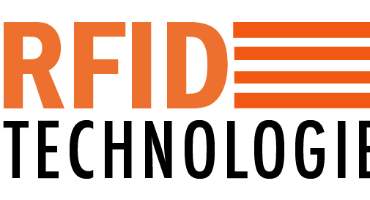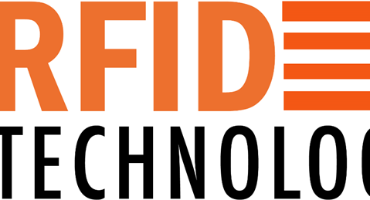Here are the true values of this integration:
Tracking Medical Equipment and Supplies
Real-Time Visibility:
UHF RFID: Provides real-time tracking of medical equipment and supplies, ensuring they are available where needed.
AI: Analyzes usage patterns to optimize the placement and utilization of equipment.
Quantum Computing: Processes large volumes of tracking data quickly, enabling immediate visibility and control over medical assets.
Improved Utilization:
AI: Predicts demand for equipment based on historical data and current trends, ensuring optimal utilization.
Quantum Computing: Enhances the ability to model complex scenarios, improving allocation strategies.
Reduced Loss and Theft:
UHF RFID: Tracks the movement of equipment, reducing the risk of loss or theft.
AI: Detects anomalies in usage patterns, alerting staff to potential issues.
Quantum Computing: Provides robust data security and encryption, safeguarding sensitive tracking information.
Managing Pharmaceutical Inventory
Accurate Inventory Tracking:
UHF RFID: Ensures precise tracking of pharmaceutical products, reducing errors in inventory management.
AI: Analyzes inventory data to predict demand, optimize stock levels, and prevent shortages.
Quantum Computing: Speeds up the processing of inventory data, enabling real-time updates and insights.
Expiration Management:
UHF RFID: Tracks the expiration dates of pharmaceuticals, ensuring that expired products are removed from inventory.
AI: Predicts future demand to optimize inventory turnover and minimize waste.
Quantum Computing: Enhances complex data analysis, improving the accuracy of expiration management.
Supply Chain Optimization:
AI: Identifies inefficiencies in the supply chain and suggests improvements.
Quantum Computing: Solves complex optimization problems quickly, improving the efficiency of pharmaceutical distribution.
Ensuring Compliance with Regulations
Regulatory Compliance:
UHF RFID: Provides detailed records of inventory and equipment movement, aiding in compliance with regulatory requirements.
AI: Monitors compliance in real-time, alerting staff to potential issues.
Quantum Computing: Enhances data processing and analysis, ensuring accurate and timely reporting for regulatory purposes.
Audit Trails:
UHF RFID: Creates an automated and accurate audit trail of all transactions and movements.
AI: Analyzes audit trails to detect and prevent compliance violations.
Quantum Computing: Processes large datasets quickly, ensuring comprehensive and accurate audit trails.
Enhancing Patient Care Through Efficient Resource Allocation
Optimized Resource Allocation:
UHF RFID: Tracks the availability and usage of critical resources such as beds, ventilators, and other medical equipment.
AI: Analyzes patient data and resource usage to optimize allocation and reduce wait times.
Quantum Computing: Solves complex allocation problems faster, ensuring resources are utilized efficiently and effectively.
Improved Patient Outcomes:
AI: Predicts patient needs and outcomes, allowing for proactive and personalized care.
Quantum Computing: Enhances the ability to model and predict complex patient scenarios, improving care strategies.
Enhanced Workflow Efficiency:
UHF RFID: Streamlines workflows by automating the tracking of supplies and equipment.
AI: Optimizes scheduling and resource allocation, reducing bottlenecks and improving care delivery.
Quantum Computing: Processes workflow data quickly, enabling real-time adjustments and improvements.
Overall Operational Efficiency
Data-Driven Decision Making:
AI: Provides actionable insights from RFID data, supporting informed decision-making.
Quantum Computing: Enhances the speed and accuracy of data analysis, supporting quick and effective decision-making.
Scalability and Flexibility:
UHF RFID and AI: Scalable solutions that can grow with the healthcare organization, adapting to increasing volumes and complexity.
Quantum Computing: Offers the computational power to handle large-scale operations and complex problem-solving.
Cost Reduction:
Efficient Inventory Management: Reduces wastage and overstocking.
Optimized Resource Allocation: Minimizes the cost of underutilized resources.
Reduced Compliance Costs: Streamlined compliance processes reduce the administrative burden and associated costs.
Competitive Advantage
Innovation Leadership:
Adopting these integrated technologies positions healthcare providers as leaders in innovation and efficiency.
Enhanced Patient Satisfaction:
Improved resource allocation and patient care processes lead to higher patient satisfaction and better outcomes.
Agile Response to Healthcare Needs:
Enhanced ability to respond quickly to changes in patient needs and healthcare demands.
Integration of UHF RFID, AI, and Quantum Computing in healthcare significantly enhances the tracking of medical equipment and supplies, manages pharmaceutical inventory, ensures compliance with regulations, and improves patient care through efficient resource allocation, resulting in greater operational efficiency, cost savings, and improved patient outcomes.



